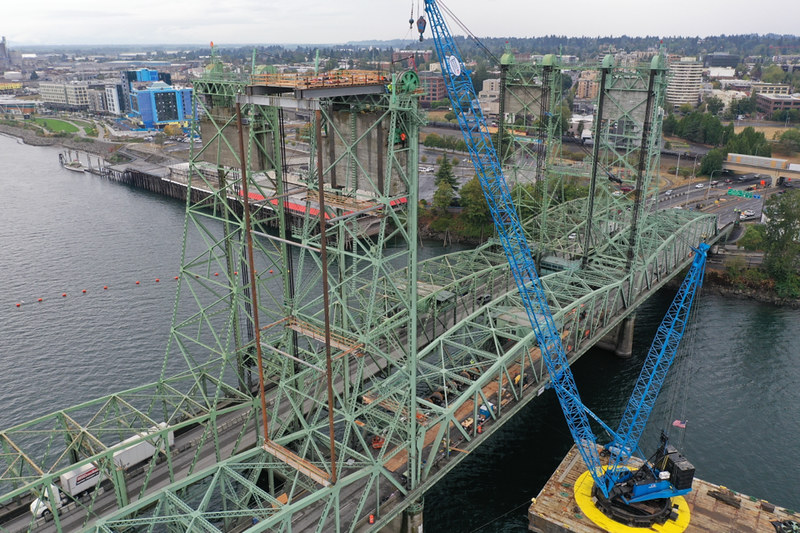
Yesterday we got the news that a bipartisan group of ten senators have reached a tentative deal on infrastructure spending. My first reaction is very positive. Could the two sides actually come together and agree on infrastructure? It’s still early in the process, but let’s see if they can get it done.
We don’t have a lot of detail yet, but what we do know is that the deal would be include about $1.2 T in spending over 5 years. Of the $1.2 T, $600 B would be new spending. The deal is far short of the original $4 Trillion proposal President Biden made in his original request. Further, it appears that the bill would be paid for through increasing taxes on gasoline. This is notable because it avoids the contentious battle over raising income and corporate tax rates.
What does it mean for the economy and investments? The $600 B in new spending would certainly be expected to create new jobs and improve the productivity and safety of key transportation systems. Exactly how many new jobs and at what cost per job is the detail I’d like to see. Unfortunately, in recent decades large spending and jobs programs haven’t had a material impact on long term employment or the economy, but hope springs eternal.
Another interesting question on many investors minds is inflation. Are we going to get sustained inflation and should we worry about it? What impact would this additional spending have? First, relying on expert macro economist views such as Dr Ed Yardeni and David Rosenburg, I believe the most likely case is that we will have transitory inflation and not lasting inflation. However, the certainty of this in my mind is something on the order of 60-70% confidence. On a recent webcast call, Jeffrey Gundlach head of Doubleline Funds put the odds of sustained inflation at 40%.
Does this large stimulus bill change the equation? In my mind, it does not. In simple terms, the fiscal spending on Covid-19 relief adds to roughly $5 Trillion. Covid-19 all but shut down the economy for a brief period last Spring. Is it any wonder we are now seeing year over year inflation? We had a supply shock where plants closed at the same time the government flooded the economy with money in the form of payments to households. A good chunk of that money got spent on homes, home improvements, cars and, yes, even day trading on Robinhood. Is it any wonder we see year over year inflation numbers in the 4-5% range? Hardly.
So now we are reopening, the unemployment checks are dropping and people are going back to work (slowly). That big ‘whoosh’ sound of extra spending is going to dry up pretty fast. The infrastructure spending package is a welcome first step with everyone getting along, but the size of the bill is small relative to the amount of money that already flooded into the economy. For sustained inflation, prices have to continue to go up. A one-time shock of prices up is not continuous. If the inflationary pressure goes away, the inflation number goes back to zero. I’m not arguing that the fiscal spending should be higher, I don’t know. At the same time, it doesn’t look to me like it would be anywhere big enough to really create a long term inflationary force. We’ll see.
In the meantime, I really don’t worry that much even if we do get some sustained inflation for say 1-3 years. Why not? Well, on the fixed income side we are biased toward short duration bonds. Simply put, longer term bonds are just not paying enough to compensate for interest rate risk. What about stocks? Well as long as we don’t have run away inflation, stocks can actually benefit. Especially when you own quality companies with high gross margin businesses that have pricing power – the ability to pass on wage and materials inflation to the customer.